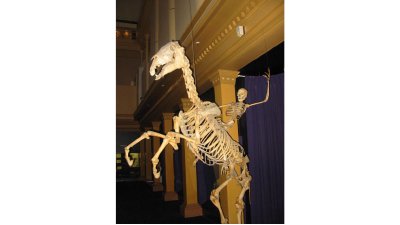Genesis 27:27
"And he came near and kissed him; and he smelled the smell of his clothing, and blessed him and said; 'Surely, the smell of my son is like the smell of a field which the Lord has blessed."
Some things don't have to be understood to be appreciated. You can enjoy the smell of dinner cooking or the scent of a rose without any idea of how your nose works. And believe it or not, you're doing just as well as the most brilliant biologist.
While your nose knows how it works, science cannot explain just how we sense scents. It is known that inside our noses, behind the bridge of the nose, are cells that can sense smell. These cells are able to detect and identify airborne molecules from an open rose or a cooking roast. But no one knows just how these cells turn those molecules into the sense of smell that we experience.
To make matters more complicated, the sense of smell is one of our most complex senses. A single seemingly simple odor may contain more than 1,000 different chemicals. One sniff is likely to start activity all over the brain. Scientists have proven what experience has already shown most of us—a smell can also trigger emotions and memories, depending on an experience related to that smell. In addition, your sense of smell is linked to your sense of taste, which is why food can seem to be tasteless when you have a head cold.
A sense of smell has saved countless lives and brought joy and pleasure to all but those few whose sense of smell has malfunctioned. Yet it is so complex that modern science doesn't know how it works—yet another testimony to the wisdom of our loving Creator.
Prayer: Dear Father in heaven; I thank You for the sensation of smell and the help and pleasure it gives me. As everything You have given to me glorifies You in all things. In Jesus' Name. Amen.
REF.: Reyneri, Adriana. 1984. The nose knows, but science doesn't. Science 84, September. p. 26. Notes: Image: HeLa cells stained with Hoechst (PD)
© 2024 Creation Moments. All rights reserved.







